Indian art market dips 6% in 2017, estimated at Rs 14.6 bn: FICCI-KPMG report
2017 was a mixed year for India’s visual arts industry. The Indian art market was estimated at around Rs 14.6 billion in 2017, having witnessed a decline of 6 per cent, as per FICCI-KPMG’s report titled ‘Indian Visual Arts Industry: Painting the future’. However, if not for demonetisation and introduction of Goods and Services Tax (GST), growth was expected during the last year. While demonetisation had an adverse impact on the sale of art galleries (which also deal in sales of affordable art), the implementation challenges around GST impacted the sales of auction houses, with many auction houses holding at least one less sale in the year.
The report gives an overview of the Indian art industry and its impact on the Indian economy. Growing recognition of art over the past decade, driven by the success of an array of artists and businesses, and supported by an even broader collector base, has brought fresh attention to, and laid strong foundations for the economics of the visual arts industry and its future development. The report further highlights the major trends, key drivers and the challenges of the Indian visual arts industry with recommended way forward.
The Indian visual arts market has gone through its own peaks and troughs. The industry witnessed an impressive growth in 2013, primarily on account of Christie’s entry in the country. Christie’s, one of the world’s leading auction houses, held its first live auction in the country in 2013 and concluded the year with a sale of about Rs 0.97 billion, much more than the pre-sale estimates.
2014 and 2015 were promising years as well with growth rates of close to 10 per cent and 18.1 per cent, respectively. However, the sales tumbled in 2016 on the back of decline in modern and contemporary art sales, though the classical Indian art witnessed a double digit growth during the same year. While the global auction houses – Christie’s and Sotheby’s – recorded much lower sales in 2016 compared to 2015, Saffronart managed to grow during the year, albeit by just 5 per cent.
While the industry has showcased growth during the last four years, its share in the global art industry stood at a miniscule 0.5 per cent in 2016. However, with Indian art finding more suitors in the domestic as well as international markets, the industry holds massive potential for growth and could become a sought after art hub globally.
The global arts industry
The global arts industry registered total sales of $56.6 billion in 2016, a drop of 11 per cent from $63.3 billion in 2015. This was the second consecutive year where the art market sales declined, with the values plunging 17 per cent below the recent record sales of $68.2 billion in 2014. This contraction in sales was brought about by dipping sales in certain sub-sectors of the industry and diminutive sales of high-end artwork, predominantly in the fine auction art market, which had boosted the industry expansion until 2014.
In terms of geography, the top three art markets in the world in 2016 were the US, the UK and China, with a value share of 40 per cent, 21 per cent and 20 per cent, respectively. Amongst these three markets, the US has continued to uphold a leading position by a considerable margin, with the only exception being 2011, where China replaced the recovering US market at the top spot. The UK market retained its position as the second largest market globally in 2016, just marginally ahead of China, which had overtaken the UK in terms of sales from 2010 through 2014. China gained 1 per cent share in value over 2015-16.
The Indian visual arts industry has historically been dominated by art galleries. There are more than 1,500 art galleries and six major auction houses in the country. However, art auction houses are slowly increasing their share in the overall market pie.
In the total visual arts market size, in 2017, the art gallery share stood at 64 per cent, compared to 36 per cent for auction houses.
In the period of January to September, 2017, 183 works of Indian contemporary art were sold in auctions around the world, fetching a total of Rs 126.3 million. This was a sharp decline from the 333 artworks sold for Rs 399 million during the same period in 2013. Factors contributing to this decline include the lack of institutional support and an artificial rise in the prices of art compared to a decade ago.
The collectors and galleries from Europe, which significantly contributed to the industry growth, have also started leaning in favour of contemporary art from other regions such as Africa, leading to a below par performance in the Indian space. Indian classical art, comprising antique paintings and sculptures, has been witnessing strong growth in the recent years. During 2012-16, the art form has recorded a CAGR of more than 35 per cent to reach Rs 0.5 billion in 2016. However, the segment lags far behind the Chinese market. According to industry experts, the relaxation in Antiquities Act of 1972, especially in terms of import duty and mandatory registration of newly acquired antiques, is much needed for the segment to achieve its true potential.
Key highlights:
Contemporary art picking up: While currently dominated by modern art, the Indian art industry is likely to witness contemporary art sales picking up, supported by a diversifying buyer base.
New generation of art buyers: While veteran collectors and institutions have fundamentally been driving the high-end of the Indian art industry, a new generation of art buyers, including entrepreneurs, company executives and professionals, such as doctors and lawyers, are driving the more affordable art segment.
Increasing online art sales: The online platform has emerged as a new avenue for sales in the visual arts industry, with a number of players offering curated, branded online auctions across an assortment of art and collectibles.
Involvement of corporates could take the industry a long way: Involvement of the private sector could help the industry in terms of raising funds, organising various art festivals and events, and promoting budding artists.
Public support is essential for sustainable growth: Government support, particularly in terms of funding, infrastructure, creating awareness and rationalising the tax structure would build a solid ground for the industry to flourish.
Commenting on the report launch and potential of Indian visual arts industry, Girish Menon, Co-Head - Media and Entertainment , KPMG in India, said, “Visual arts has played a pivotal role in the Indian culture for decades. Growth in art and cultural initiatives is helping lay a strong foundation, positioning India as one of the major art destinations. However, the industry continues to grapple with challenges regarding infrastructure, taxation and lack of awareness about art. With joint support from both private players and government bodies, the industry is likely to embark on a remarkable growth trajectory.”
To read more visit here.





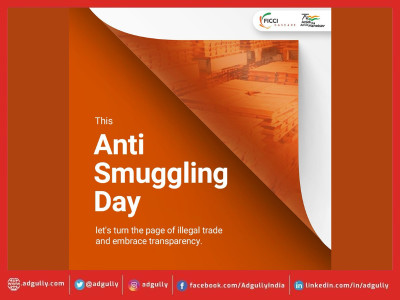
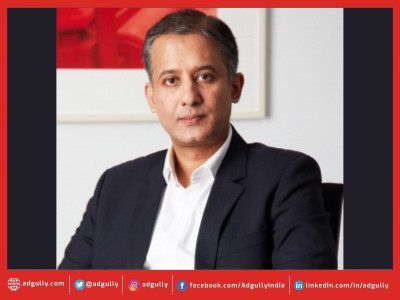
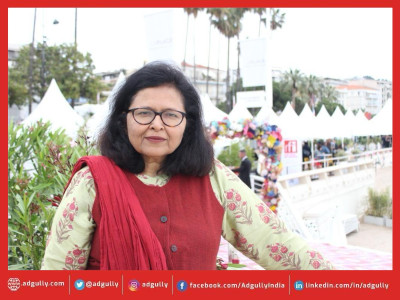
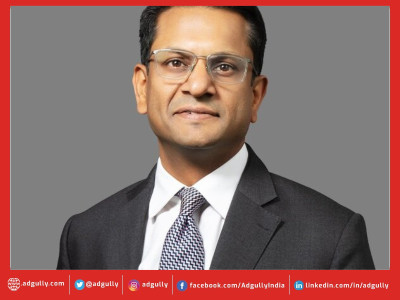
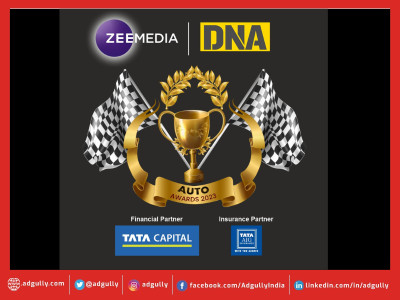
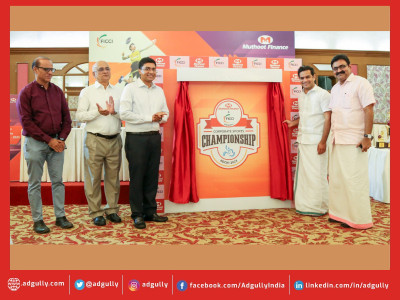

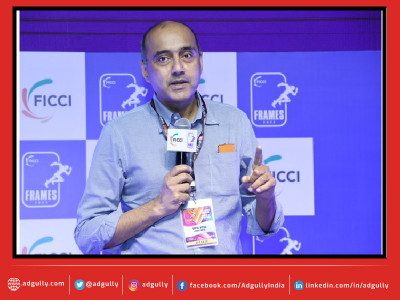
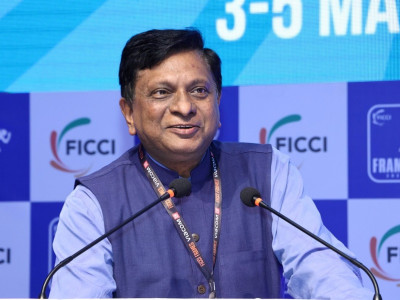


Share
Facebook
YouTube
Tweet
Twitter
LinkedIn